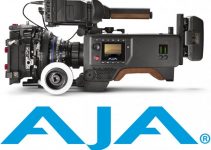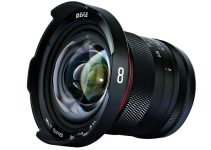It’s a modern-day fable analogous to ‘The Tortoise and The Hare’. Can an old, used laptop that you bought off of Craigslist for $200 get to the finish line faster than a $5,000 video editing workstation PC?
Just like the hare, the $5K workstation has the edge in almost every way imaginable. Clearly, it’s faster, newer, and more powerful, but does all of that actually matter while editing? Yes, it does.
But maybe in this race, it’s the editor behind the machine taking a rest while the focused editor working on this crummy $200 ThinkPad speeds through it? Everyone loves a good underdog story, so let’s see who wins in this match-up!
The essence of this test isn’t COULD but IF that cheap laptop could be configured and optimized to be able to cut the same project from the beefier desktop machine in about the same time.
The parameters they tested were time to open (11s to 26s), time to import (2s to 4s), footage playback, crashes (which occurred more on the workstation), finishing, and final output.
Optimizing the performance of the computer, and transcoding the footage for playback on the Craigslist’s laptop were taken into account with the overall time it took to edit, and with that disadvantage counted against it, the laptop took more than twice as long as it took the workstation to edit and finish the project: Workstation, 47 minutes and 32 seconds / Laptop, 1 hour 48 minutes and 50 seconds.
Interestingly, the overall amount of time that it took the editor to cut the same projects on both machines (not including setup, and export) was relatively the same. It took the editor a total of 40 minutes and 11 seconds on the workstation (his everyday machine) versus 53 minutes and 52 seconds on the craigslist laptop.
Given that the workstation is his main system, setup how he is used to working, it says a lot that he was only 13 minutes slower on the laptop. Even factoring in the slow updating that the laptop suffered during grading, if the laptop was his main machine that he was used to, he potentially could have shaved 6-7 minutes off of that difference.
Although the workstation did win the race, the workstation editor didn’t really beat the laptop editor by much, and this seems to be more or less a race against editing workflows and a $200 Craigslist laptop is more than sufficient to edit anything unless you’re up against extremely tight deadlines.
Not long ago, editing was a slow and tedious process of physically cutting duplicate reels of film while taking extremely precise notes, and then assembling the original to match the cut in a lab.
Color grading was a chemical process, and audio mixing was done on a really big mixing machine in a studio. Somehow, the people who worked in this reality managed to make better movies than anyone today.
If your clients are only looking for cheap, fast turnaround times then a big, expensive, and fast computer will certainly help with that but if you’re a good editor, these machines are only for comfort-sake. You can create the same exact project on a slower machine, and with the right editing workflow, you won’t suffer many limitations.
Real editing is an art form and not a secretarial function; editors write the final draft of the movie. Consider always transcoding your footage prior to editing, and cutting in HD then mastering with the original material. The time you spend prepping will allow you to be the creative one. If the computer is slow, let it render while you sleep.
[source: Motion Array Tutorials]
Disclaimer: As an Amazon Associate partner and participant in B&H and Adorama Affiliate programmes, we earn a small comission from each purchase made through the affiliate links listed above at no additional cost to you.



